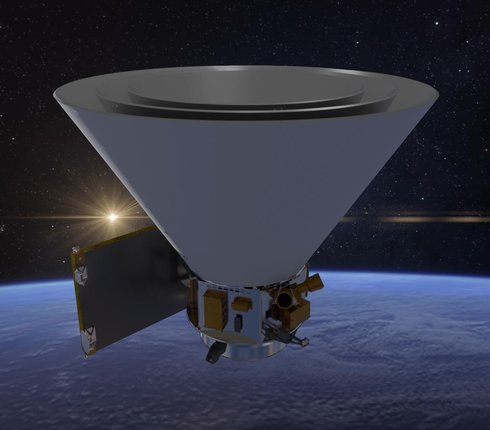NASA’s SPHEREx Telescope: NASA is gearing up to launch SPHEREx, a revolutionary space telescope poised to reshape our understanding of the universe. Scheduled for liftoff no earlier than February 27, 2025, this ambitious mission comes with a relatively modest budget of $488 million, yet it holds the potential to outperform even the $10 billion James Webb Space Telescope (JWST) in certain aspects. Its primary goal? To unlock the secrets of the cosmos—particularly the events that followed the Big Bang.
What is SPHEREx?
Unlike JWST, which zeroes in on specific celestial targets, SPHEREx will conduct an extensive sky survey using 102 infrared color bands. This unique capability enables it to capture vast amounts of data on millions of celestial objects.
- Size: 8.5 feet tall × 10.5 feet wide (slightly larger than JWST)
- Imaging Power: 600 images per day
- Coverage: A full-sky map every six months
NASA’s SPHEREx Telescope: Mapping the Cosmos
Over its 27-month mission, SPHEREx will perform four complete scans of the night sky, charting the locations of over 450 million galaxies. This unprecedented dataset will offer new insights into cosmic evolution and galaxy formation over billions of years.
Additionally, SPHEREx will act as a scouting tool for future telescopes, including JWST and the upcoming Nancy Grace Roman Space Telescope, by pinpointing promising regions for deeper exploration.
Decoding the Big Bang
One of SPHEREx’s most significant objectives is to investigate the origins of the universe. Scientists believe that shortly after the Big Bang, the universe experienced a phase of rapid expansion known as cosmic inflation. SPHEREx will map the distribution of matter from this era, offering potential breakthroughs in our understanding of how galaxies formed.
Exploring Our Milky Way
Beyond its deep-space mission, SPHEREx will also focus on our own galaxy. It aims to:
- Map over 100 million stars
- Detect organic molecules in interstellar clouds
These discoveries could shed light on the origins of life—not just on Earth, but potentially on other planets as well.
Shaping the Future of Astronomy
NASA considers SPHEREx a game-changer in space exploration. By capturing the collective light of the universe, it will provide astronomers with a roadmap for future discoveries. The data it gathers will help scientists piece together the intricate puzzle of galaxy formation, cosmic history, and the fundamental structure of our universe.












